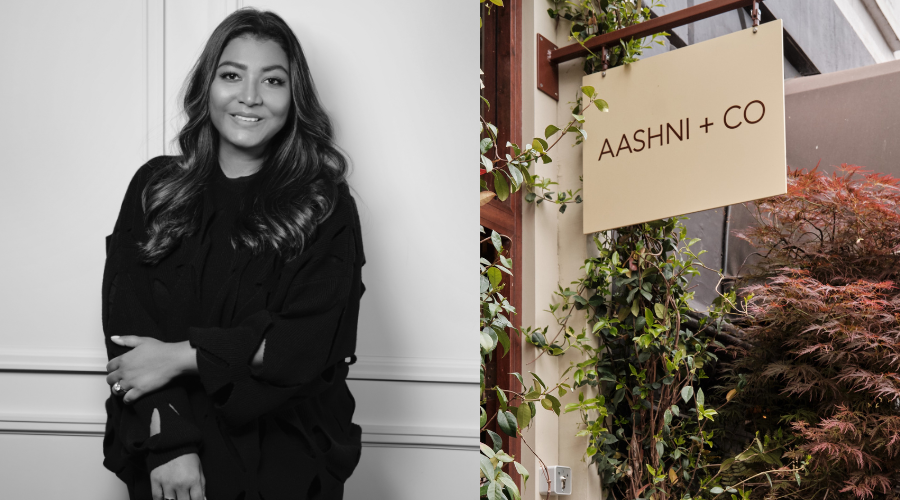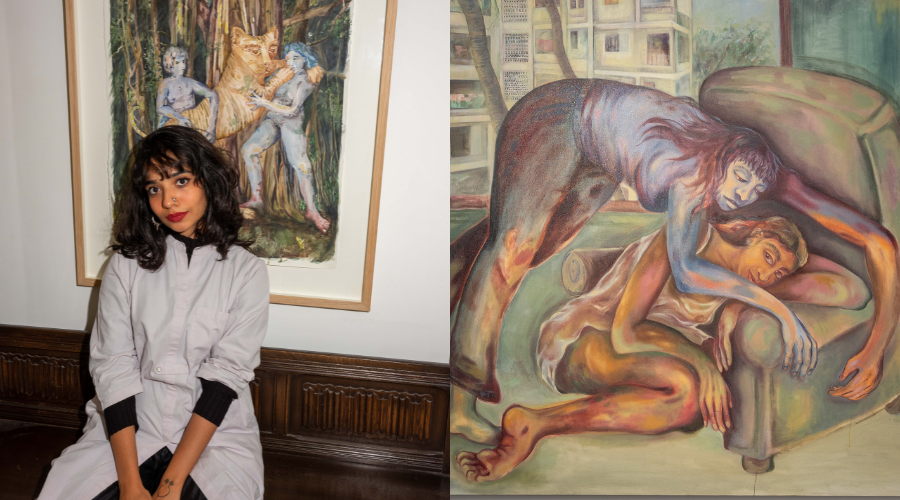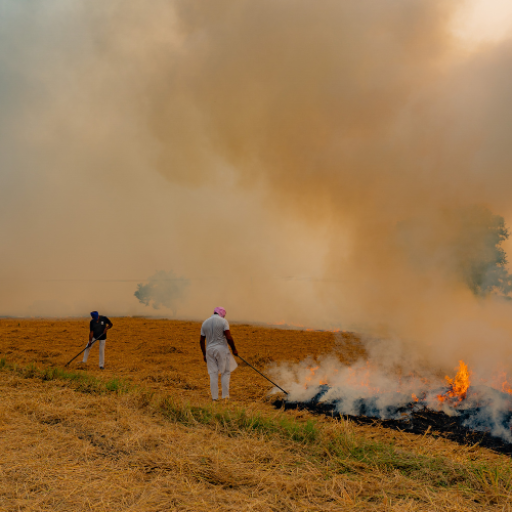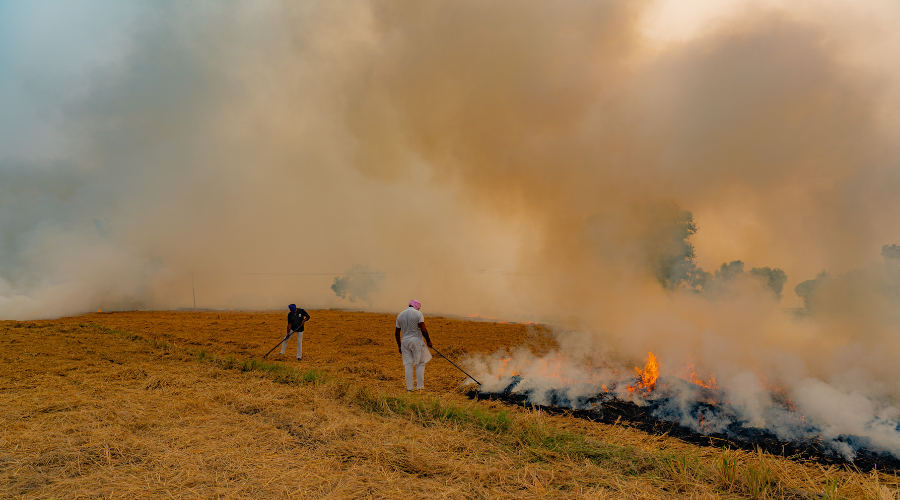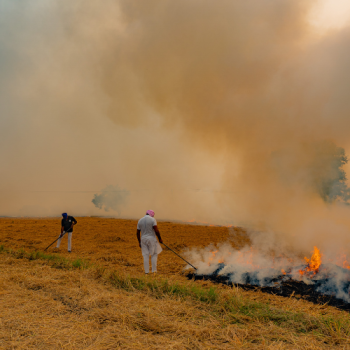For as long as she can remember, Shailee Mehta has been immersed in art. She doodled strange worlds as a child, contrasting with her mother’s more controlled and intricate Tanjore paintings. Growing up, her mother’s art wouldn’t necessarily translate into her doodles thematically, but her disciple certainly would.
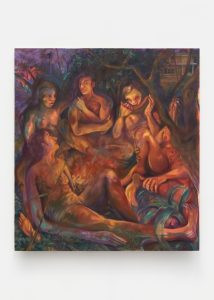
“For most of us, a mother is the first woman you encounter and see go about her life. And then having it mirrored in my life comes across in some really beautiful parallels,” she says. Before touring the villages of India, Mehta’s work was immersed in abstractions—geometries colliding with each other, colours cutting into each other. Gradually, the real figures would take over the canvas, forming what she describes as a “pile of characters.” In When She Began To Convalesce, a response to the pandemic, the painting is a reflection of loneliness, the tragedy of it all.
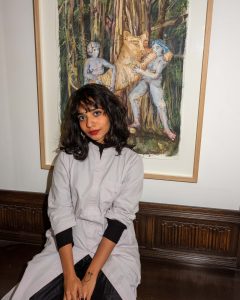
The awkwardness of being the other is a conflation of the personal with the political. It started from Mehta herself embodying the feeling of the other, having to feel like you’re an outsider simply because you’re a man. “You feel that on the streets, and it doesn’t have to be a man’s gaze; it could be a generational one, too. When I create deep tones of orange and blue and awkward, distorted human figures, that’s my way of dealing with that gaze.”
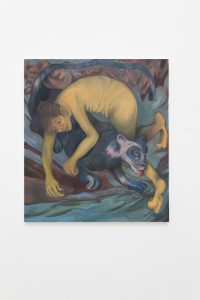
Mehta believes that the human body, on its own, is familiar with growing. But what happens when the human frame is portrayed in other colours? After all, it started from witnessing her mother occupy many spaces—that of an artist who immersed herself into the mythological worlds of Tanjore paintings and the role of a mother. “Even though those mythological figures never explicitly made their way into my works, just the act of watching her paint was enough.”
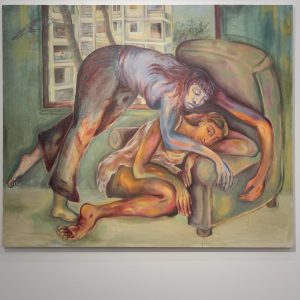
Find ELLE’s latest issue on stands or download your digital copy here.


